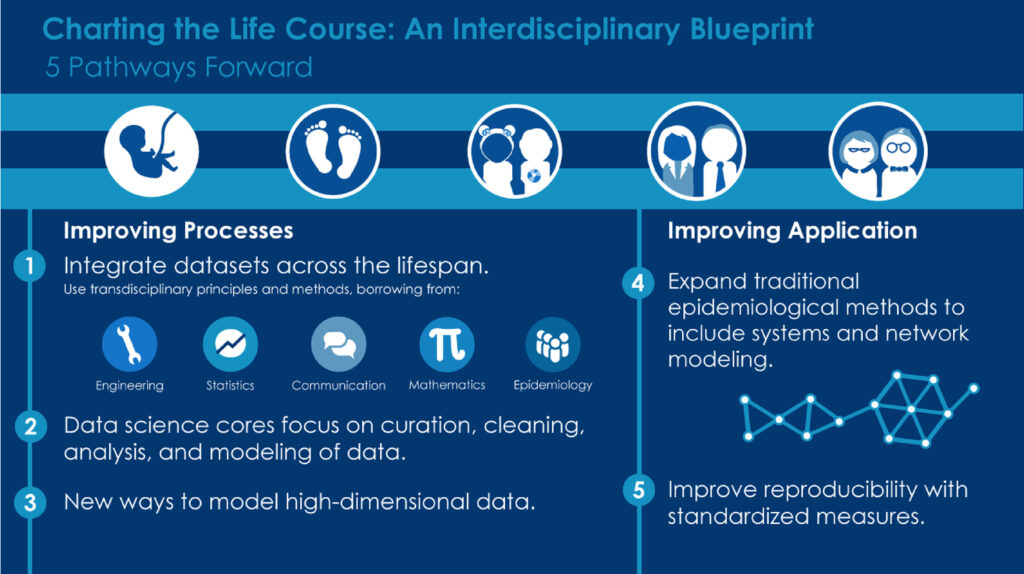There is a need for understanding an individual’s total exposure, including simultaneous, cumulative, and latent exposure to multiple environmental contaminants. While exact contributions differ, multiple studies suggest that the majority of a person’s health can be attributed to their environment, lifestyle, and behavior. This chapter describes the University of Utah’s Exposure Health Informatics Ecosystem (EHIE), a sensor-based, data-intensive infrastructure for measuring environmental, physiological, and behavioral factors for performing pediatric and adult epidemiological studies. EHIE is a generalizable multi-scale and multi-omics platform providing robust pipelines for reproducible exposomic research and uses real-time, low-cost sensors to provide spatio-temporal records of environmental exposures. Furthermore, this chapter provides details on how EHIE supports the Pediatric Research using Integrated Sensor Monitoring Systems (PRISMS) and the Environmental influences on Child Health Outcomes (ECHO) programs. Initial results from these pilots demonstrate the feasibility of using informatics ecosystems like EHIE to perform sensor-based longitudinal cohort studies.



